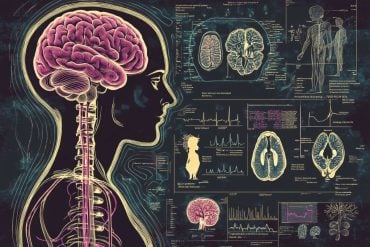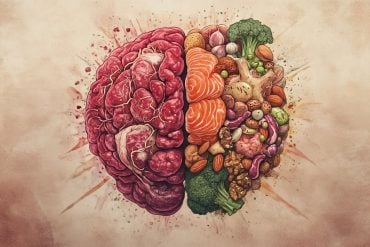Findings suggest the subject of Christina’s world suffered from neurological disorder.
It is one of the most famous paintings in American history: Christina’s World, by Andrew Wyeth. The painting, which hangs in the Museum of Modern Art in New York, depicts a young woman in a field, gazing at a farmhouse on an idyllic summer day.
But this lovely image has a dark side.
The subject in the painting is Christina Olson, Wyeth’s good friend and neighbor. For most of her life, she suffered from a mysterious disorder, which slowly took away her ability to walk, and eventually to use her hands. She died at the age of 74 after a difficult life, and her disease has never been diagnosed.
Until now.
After closely examining a range of evidence about her condition, Mayo Clinic child neurologist Marc Patterson has pinpointed a diagnosis. He thinks she likely had an early-onset form of Charcot-Marie-Tooth Disease, a group of inherited disorders that affect the peripheral nerves and can lead to significant problems with movement. He will deliver his diagnosis at the 23nd annual Historical Clinicopathological Conference, held Friday, May 6 at the University of Maryland School of Medicine. The conference is devoted to the diagnosis of disorders that afflicted historical figures; in the past, experts have focused on the diseases of luminaries such as Lenin, Darwin and Lincoln.
Dr. Patterson, a professor of neurology, pediatrics and medical genetics at the Mayo Clinic in Rochester, Minnesota, reviewed her medical history, and also considered Wyeth’s art that portrayed her, including Christina’s World.

“This was a fascinating case,” he says. “This painting has long been a favorite of mine, and the question of Christina’s ailment was an intriguing medical mystery. I think her case best fits the profile of this disease.”
Also speaking at the conference will be Thomas B. Cole, associate editor for the Journal of the American Medical Association. Dr. Cole is an expert on art devoted to medical topics.
The conference was founded in 1995 by Philip A. Mackowiak, MD, Carolyn Frenkil and Selvin Passen History of Medicine Scholar-in-Residence at the University of Maryland School of Medicine. “This is a amazing piece of medical detective work,” says Dr. Mackowiak. “It brings home the fact that medicine has learned enormous amounts in the past few decades.”
Source: David Kohn – University of Maryland School of Medicine
Image Credit: The image is credited to Andrew Wyeth, 1948, and is licensed Fair Use.
Original Research: The study will be presented at the Historical Clinicopathological Conference in Baltimore, MD on May 6 2016.






